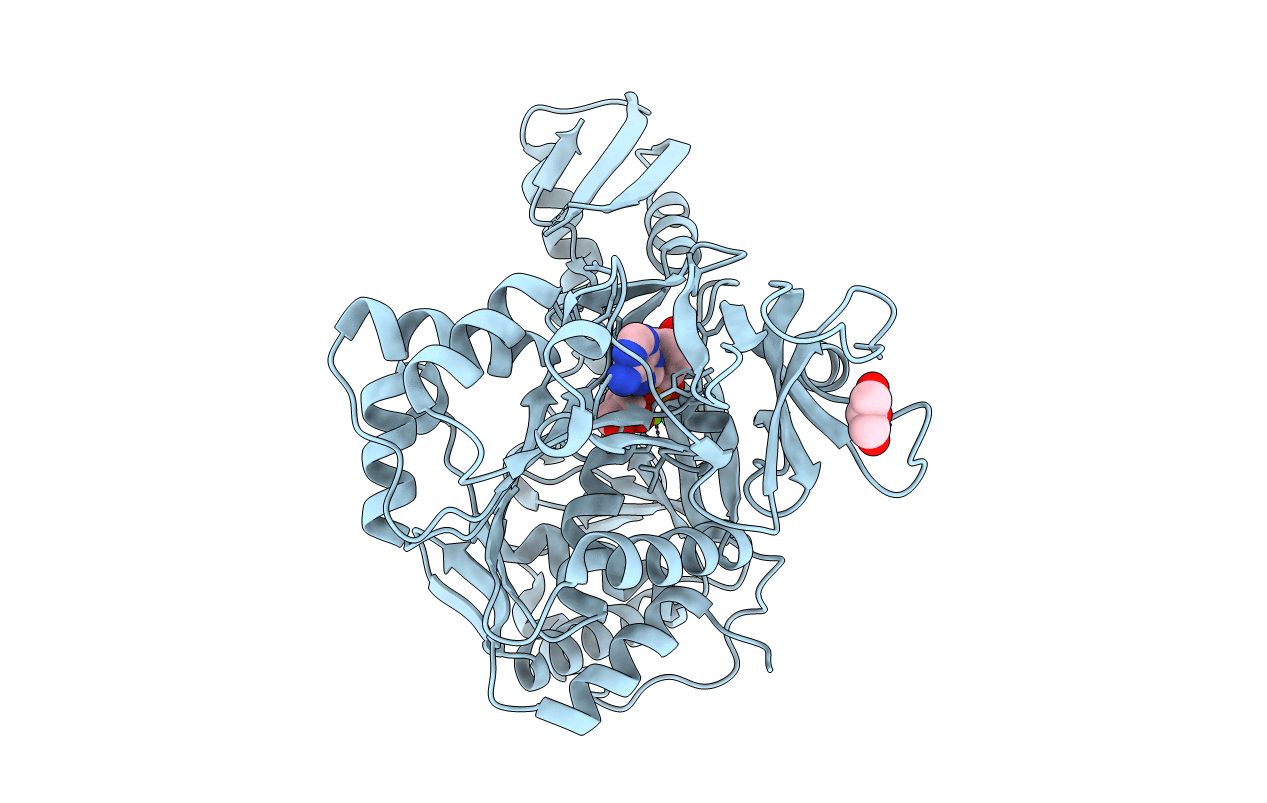
Deposition Date
2014-10-29
Release Date
2015-07-01
Last Version Date
2023-12-20
Entry Detail
Biological Source:
Source Organism:
Planktothrix agardhii (Taxon ID: 1160)
Host Organism:
Method Details:
Experimental Method:
Resolution:
2.25 Å
R-Value Free:
0.22
R-Value Work:
0.18
R-Value Observed:
0.18
Space Group:
P 21 21 21


